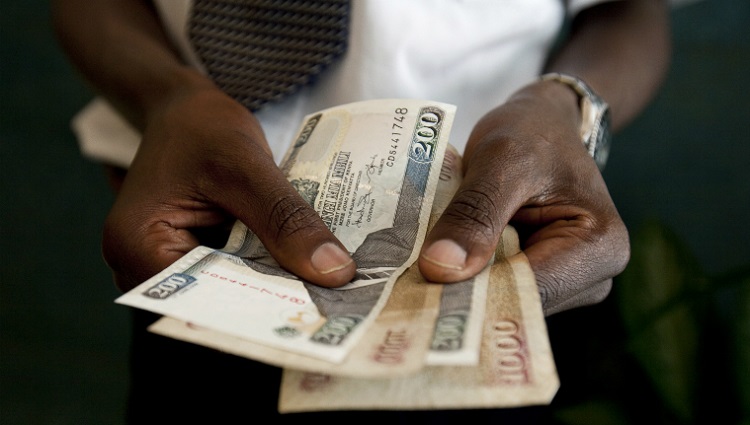The Kenyan shilling has dropped to its lowest in history after shedding off 0.2 percent against the US Dollar last week, ending the week at 114.4 shillings from 114.2 shillings the previous week.
The weakening of the local currency has been partly attributable to increased dollar demand from the oil and energy sectors. Key to note, this is the lowest the Kenyan shilling has ever depreciated against the dollar.
On a year-to-date basis, the shilling has depreciated by 1.1 percent against the dollar, in comparison to the 3.6 percent depreciation recorded in 2021. Analysts expect the shilling to remain under pressure in 2022 even as the country head into elections.
Pressure on the shilling will come from the rising global crude oil prices on the back of supply constraints and geopolitical pressures at a time when demand is picking up with the easing of COVID-19 restrictions and as economies reopen. Key to note, risks abound the recovery following the emergence of the new COVID-19 variants.
At the same time, the increased demand from merchandise traders as they beef up their hard currency positions in anticipation of more trading partners reopening their economies globally will pile pressure on the shilling.
An ever-present current account deficit due to an imbalance between imports and exports, with Kenya’s current account deficit, estimated to come in at 5.4 percent of GDP in 2021, having expanded by 44.6 percent to 127.6 billion shillings in November 2021, from 88.3 billion shillings recorded in November 2020, attributable to a robust increase in commercial imports by 37.1 percent to 185.9 billion shillings in November 2021, from 88.3 billion shillings in November 2020.
The aggressively growing government debt, with Kenya’s public debt has increased at a 10-year CAGR of 18.4% to 8.0 trillion shillings in December 2021, from 1.5 trillion shillings in December 2011 thus putting pressure on forex reserves to service some of the public debt.
Support for the shilling will come from the improving diaspora remittances evidenced by a 23.5% y/y increase to USD 321.5 mn in February 2022, from USD 260.3 mn recorded over the same period in 2021, which has continued to cushion the shilling against further depreciation.












